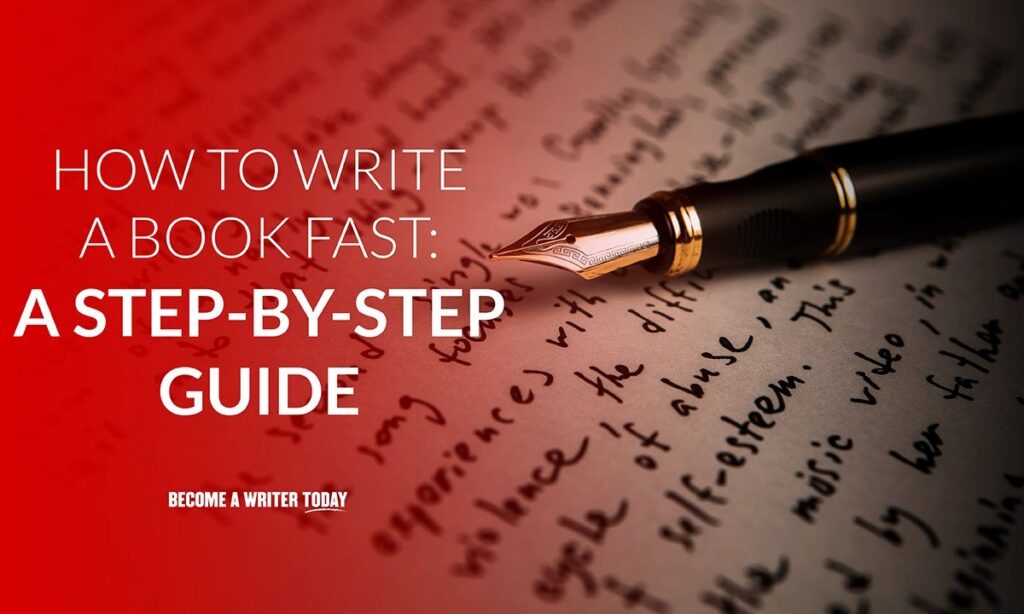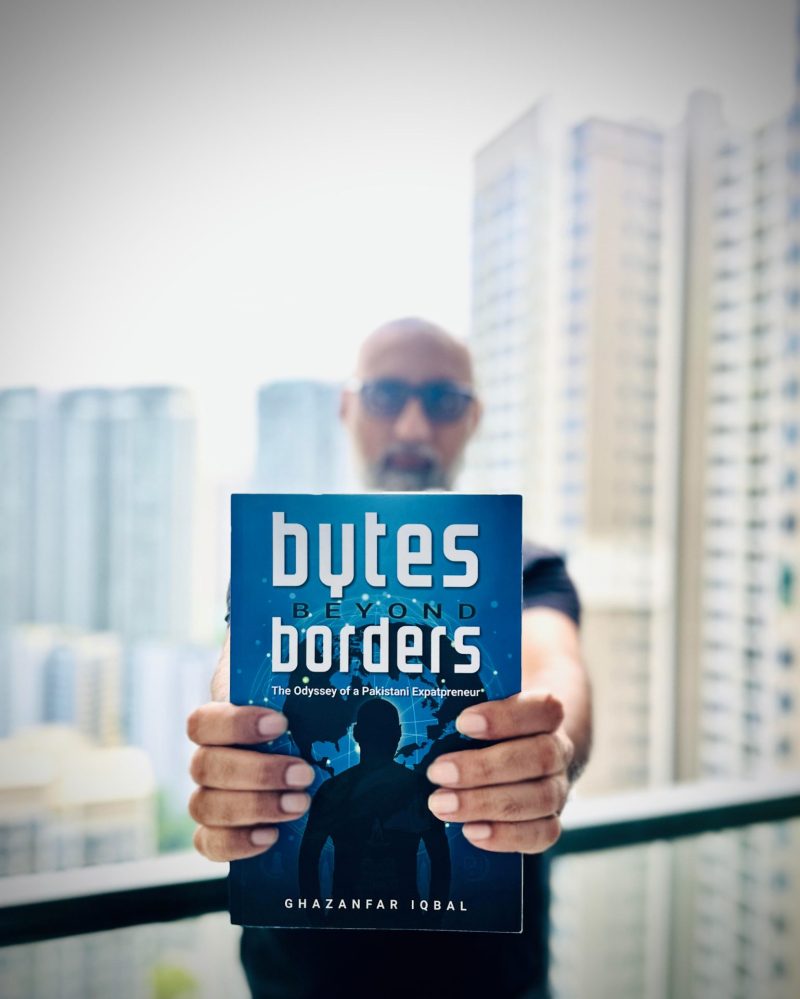10 Editing Tips to Make Your Nonfiction Book Stand Out

If you do an online search for book-editing tips, you’ll find that most advice is targeted to fiction writers, since the vast majority of self-published books falls under this popular category.
The problem is that if you’re writing a nonfiction book, much of the fiction editing advice that’s offered online won’t apply to you. In fact, in certain cases the guidelines for fiction can be the exact opposite of what you need.
In this article, you’ll learn ten editing tips that are exclusively targeted to nonfiction writers like you.
Nonfiction vs. Fiction Editing
In the world of fiction, the goal for writers is to engage readers by inviting them to suspend their disbelief and embrace the emotional journey of the book’s characters.
The main mission for these writers is to entertain readers through fictitious adventures, helping them take a temporary break from the “real” world.
The goal of nonfiction writers, on the other hand, is to help readers deal head-on with actual problems in the real world. Their mission is to be of service.
As a result of this contrast, the editing requirements for both genres are very different.
Nonfiction Book Editing Tips
Here are ten editing tips that will help your nonfiction book stand out from the crowd:
Tip 1: Write First to Connect, then to Inform
The success of a nonfiction title isn’t measured in its ability to inform (although this is something that’s certainly important) but by its ability to connect with a target audience.
If your editing is just focused on content at the expense of connection, you may have a hard time retaining readers. Connection leads to engagement and engagement leads to interest.
When you edit your nonfiction book, you have to ensure that your language is embedded with “connective tissue,” such as making prominent use of the second person, relaying information through stories that your readers can identify with, and being authentic and vulnerable in your writing.
Tip 2: Minimize the Use of the Passive Voice

In order to create a strong connection with your readers, you’ll need to minimize the use of the passive voice and use active verbs as much as possible. For example, you should write: “I decided to…” Instead of “It was decided to…”
The active voice is direct and is perceived by readers to be more honest. Using the passive voice, on the other hand, makes you sound like you’re trying to hide behind your words, adding an unnecessary layer of anonymity to your message.
The use of the active voice is also better aligned with your authenticity as a writer. Being in charge of your statements instead of hiding behind them requires that you become vulnerable in front of your readers.
This vulnerability shows them that you’re not afraid to be who you are and that you’re confident owning up to your expertise in the subject. These are all necessary traits to build trust with your audience.
Tip 3: Avoid Run-On Sentences and Long Paragraphs
The ability to connect with an audience must by nature rely on clarity. Authenticity is certainly a starting point, but if your writing doesn’t allow for frequent pauses to allow readers to process the information, you’ll quickly begin to lose them.
Although writing with authenticity builds trust, poor writing technique erodes it very quickly. Readers aren’t just trusting you with their connection but also with their time.
You need to be mindful of this and create sentences and paragraphs of a length that allows your content to be read, processed and understood clearly.
Your information must be broken into blocks of text that are long enough to be meaningful but short enough to be easily digested by your readers.
How short? It depends on your target audience and their level of sophistication. Remember that you’re not writing your book for yourself or for your colleagues, but for your readers.
Research your target audience well and meet them where they are. Help them solve their problems using language that resonates with them.
Tip 4: Always Use Clean Language – Don’t Embellish

When you take your readers down the path from problem to solution, you don’t want to pepper it with debris. Your choice of words will make the difference between a smooth surface and speed bumps on the road.
Don’t embellish your words to make them sound more “important” than they are. This is a practice that usually backfires because it makes your writing sound pretentious and therefore inauthentic.
While it’s clear that writing requires a different skill-set than talking, you want your writing to “sound” conversational in people’s heads when they read it. If it feels too formal your connection may suffer.
For example, instead of writing “This is a seemingly insurmountable problem that’s faced by the vast majority of people,” write “This is a difficult problem that afflicts countless people.”
Tip 5: Avoid Using Adjectives in Excess
The same goes for the excessive use of adjectives in your sentences. Adjectives should only be used to qualify a noun when doing so adds value to your message.
The best test to verify the need for adjectives in a sentence is to take them out and see if the meaning changes. If there’s no meaningful change, then it’s a sign that they need to be removed.
Unnecessary adjectives become speed bumps for readers because not only do they not add value to your sentences, but they also dilute the value that’s already there.
For example, instead of writing “He didn’t have any meaningful prior experience running companies,” write “He didn’t have any experience running companies.”
Tip 6: Avoid Using Adverbs in Excess
The excessive use of adverbs is another area that can muddy the clarity and impact of your message. In the same way that adjectives are used to qualify nouns, adverbs are used to quality verbs.
Although they can help paint a more defined and nuanced picture in fiction writing (if used well), this is seldom the case for nonfiction writing. Most times, your sentences will read better when you take adverbs out.
Here’s an example: instead of writing, “We assume that if something absolutely makes sense to us then it must undoubtedly make sense to everybody else,” write, “We assume that if something makes sense to us then it must make sense to everybody else.”
Tip 7: Don’t Write to Fill Space

While it’s a good writing practice to set a word-count target every time you sit down to write, shooting for a daily word-count isn’t a license to write for the sake of writing.
Clarity is a hallmark of good nonfiction. Filler words or filler phrases that don’t add value to your message break your flow of ideas, waste your reader’s time and lead to reader attrition.
Whenever you put something down on paper, make sure it has a clear purpose and that it adds value to your message. Now, it’s easy to write just to fill a page and it’s much harder to write with meaning all the time.
Fortunately, there’s a straightforward formula you can use to keep you from writing filler content: focus on writing with simplicity.
Now, this doesn’t mean using the “lowest common denominator” approach to language. Instead, it means using an economy of words so that each one has a clear purpose.
The best-written nonfiction books are also the most highlighted by readers. They’re chock-full of meaning and valuable information with no “filler” language.
These are books that tend to linger for a long time on people’s bedside tables for quick reference. To enter your book into this exclusive club, make sure that every word and sentence that you use has a reason for being there.
Tip 8: Use Conversational Language
Part of creating a strong connection with your readers is the choice of language that you use when communicating with them.
You now understand that your message has to always be clear, devoid of “flowery” language or unnecessary words that act as speed bumps to your reader’s comprehension.
But it must also be delivered in a conversational way. If your writing is too formal or too academic it might not resonate with readers, even if it conveys your message adequately.
When people read your book, they’re trying to process your information and they don’t appreciate also having to interpret your language.
Although writing is a completely different skill than talking, when people read a nonfiction book their minds interpret the book as a conversation with the author.
The lack of simple and direct language creates a disconnect in people’s minds that may hinder how they process information. For this reason, you need to write your book in a conversational tone.
You want your book’s message to be absorbed by your readers with as little “mental translation” as possible. The use of conversational language will create the most direct pathway to their comprehension.
Tip 9: Take the Time to Learn the Rules of Grammar

Before you sit down to write, take the time to learn the basic rules of grammar. There’s nothing more distracting than writing language that’s awkward to read and then having to stop frequently to fix it.
You want to set the conditions so that you can write from a stream of consciousness – that’s how inspiration works best – so it’ll really pay dividends to make the basic rules of grammar second nature to you so that you can write with more freedom.
These rules aren’t that difficult to master. In fact, you’ll likely be familiar with many of them already.
Now, there are lots of free resources on the Internet you can use to expand on this knowledge. Here’s a popular one to get you started:
https://www.grammarbook.com/english_rules.asp
Tip 10: Don’t be Afraid to Slash and Burn
Finally, nonfiction writing is like shooting a film; you want to have a lot of scenes to choose from when you get into the editing room.
Always write from a stream of consciousness to create a direct pathway from your brain down to the page. Don’t censor your writing when it wants to freely come out.
If your raw (unedited) original text is twice the word count you were planning for your book, you’re doing great!
A lot of that content will likely not make it to the final product, but you don’t know yet which part will get there and which part will end up on the cutting-room floor.
In the end, the more material you have to work with the better your book will be. For example, you may write an entire section in your first chapter that ends up not working out in chapter one but fits chapter seven like a glove.
If you limit the amount of content that you produce at the source, then you’ll be forced to constantly write new content to make up for this deficit, which over time will feel like the yardstick is constantly moving.
But if you have a lot of material to work with, you’ll have the creative freedom to trim it and shape it down to the perfect size. This “slash and burn” approach is conducive to a much better end-product.
What to Do After the Editing is Completed?
Once your self-editing and rewrite phase is completed, it’s time to hire a professional nonfiction editor to do the final polish. Your personal editing isn’t sufficient to go to print with because as the author you’re just too close to the text.
You need a fresh pair of eyes, especially one that’s fully trained in the rules of grammar and style that are applicable to nonfiction, in order to turn your book into a product that can effectively compete in the marketplace.
Publishing a nonfiction book has a lot of upside for authors, but only if it’s professionally edited.
In fact, even the most experienced and celebrated nonfiction authors have an editor behind them. They know that, not unlike you, they’re too close to their text to be an objective arbiter.
What Are the Best Channels to Self-Publish Nonfiction?

By far the most powerful distribution channel for self-published nonfiction is Amazon. Their global reach and low barriers to entry will allow your book to be available to a worldwide audience for a minimal distribution cost.
Not only that, they’ve set up a global network of on-demand printing facilities that can print your book in near-real time after an order is received and then ship it domestically to the buyer.
This technology is offered free of charge to all self-publishers and affords them global reach for not only eBooks but also printed books, which is a game-changer in the industry.
The second most powerful distribution channel is IngramSpark, which is the perfect complement for Amazon. This company is a wholly owned subsidiary of Ingram, the largest book distributor to brick-and-mortar bookstores and libraries in the world.
If you self-publish your nonfiction book concurrently on both platforms, you’ll gain the best of both worlds – distribution through the largest online bookstore on Earth as well as worldwide distribution to physical bookstores and libraries.
Incidentally, IngramSpark also operates a global network of on-demand printing facilities that can print to order and ship books to customers for low domestic prices.
How About Book Promotion?
Although you might not be thinking about book promotion at this early stage, it’s a good idea to give it at least some thought now because the most effective book promotion strategies require a long lead time to come to fruition.
Without getting into the details here, I recommend that you read my companion article “Learn How to Market a Nonfiction Book to Get Solid Results” to begin formulating your thoughts now so that you aren’t faced with an unpleasant surprise later on when you’re unable to turn back the clock.
Next Steps
Once your professional editing pass is complete, it’s time to look for professional book designers to create the inside layout as well as your book cover.
For the same reason you need an expert editor you need expert designers, because your book will have to compete head-to-head with traditionally published nonfiction books in your niche.
Back in the day, brick-and-mortar bookstore buyers decided what books would make it onto the shelf and what books wouldn’t, and self-published books hardly ever managed to make it through this gate-keeping filter.
Today, the shelf has moved online, it’s virtually unlimited in size, and the gatekeeper has become a software algorithm. The great news for you is that you can become as proficient as traditional publishers in getting favorable treatment by this electronic gatekeeper – the rules are exactly the same for every publisher who’s savvy enough to learn them.
But this means that if you play your game right and you end up displayed side by side with more established books on an Amazon search, you’ll have to look as good as they do. Since they all use professionals book designers, you’ll have to hire one as well in order to compete.
The upside is that even though your publishing expenses will increase as a result, the return on your investment will be much higher as more and more book buyers compare you favorably with your competitors.
I wish you the best on your publishing journey!
If you enjoyed this article and are in the process of writing a nonfiction book, be sure to check out my free nonfiction success guide, drawn from years of experience editing books for bestselling authors (including a New York Times bestseller) and ghostwriting for CEOs and politicians. Simply click here to get instant access.
Ben
Leave me a comment below if you have any questions or a specific need that I can help you address – I operate an author services firm that specializes in helping entrepreneurs, professionals and business owners who want to publish books as a calling card for prospects, to establish their status as an expert or to just to generate additional leads for their businesses.
Here are some related posts I highly recommend:
How to Write a Compelling Book in 12 Steps: A Must-Read Guide for Nonfiction Authors
How Long Does it Take to Write a Book to Help Grow Your Business?
The 10 Must-Have Writing Skills for Nonfiction Authors
The 7 Key Rules for Writers of Outstanding Nonfiction Books
Learn 10 Powerful Writing Habits to Fast Track Your Nonfiction Book
How to Come Up With Great Book Ideas For Business Owners

Bennett R. Coles is an award-winning author of six books published through Harper Collins (New York) and Titan Publishing Group (London). He is also the publisher at Promontory Press, editor for multiple bestselling authors (including a NY Times bestseller), ghostwriter for CEOs and politicians and the founder of Cascadia Author Services, a boutique full-service firm that specializes in premium author services specifically designed for busy professionals. Our end-to-end services include writer coaching, ghostwriting, editing, proofing, cover design, book layout, eBook production, marketing, printing and distribution.







Leave a Reply